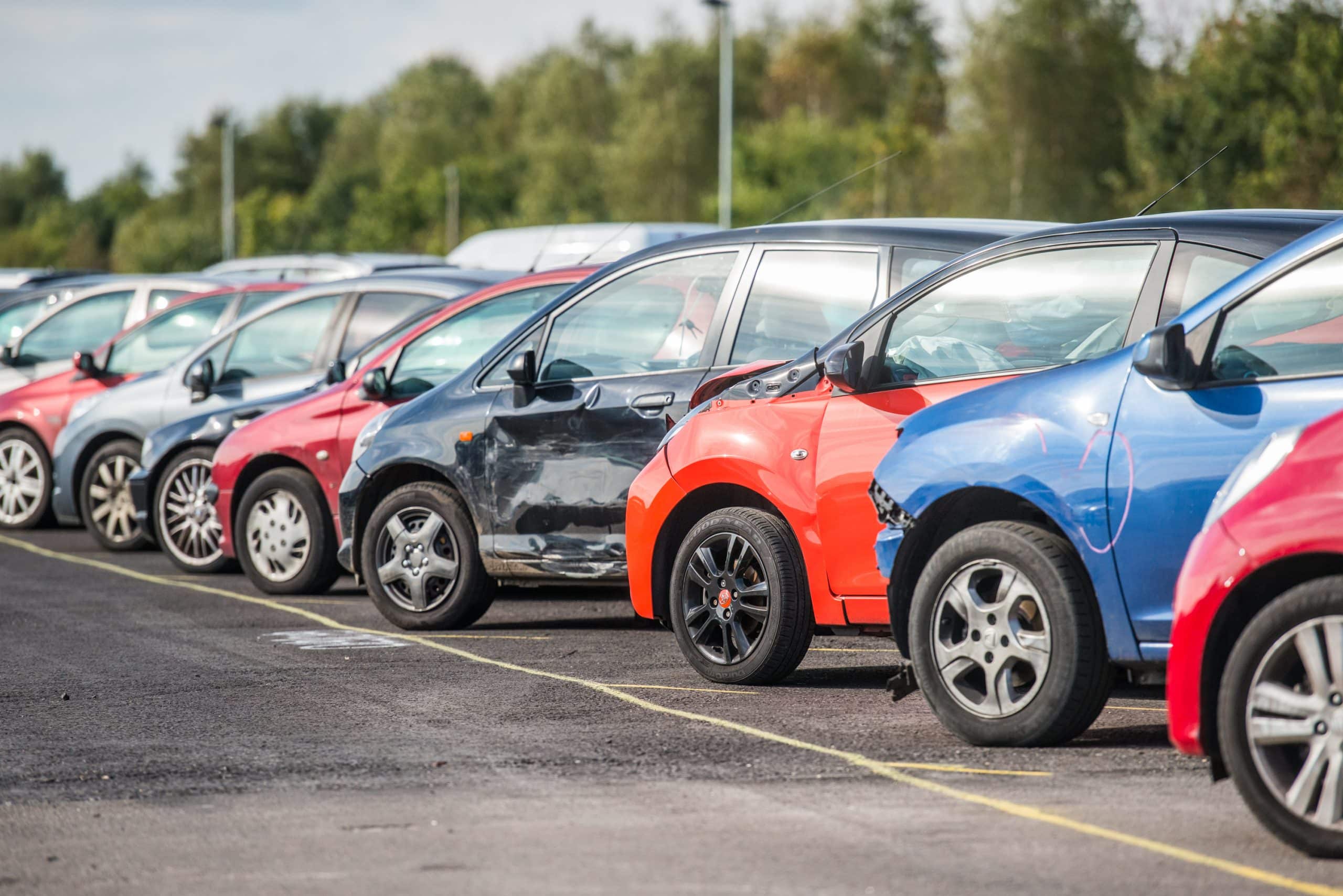The Code of Practice for the Categorisation of Motor Vehicle Salvage has been updated, and will be effective as of 1st October 2017.
The Code of Practice is produced by and supported by the Association of British Insurers -ABI & Lloyds Market Association (LMA), with the support of a wide group of stakeholders. The purpose of the code is to protect the public, detect and deter insurance fraud and other criminal activities, and to make vehicle histories more transparent.
The new updated Code of Practice will reflect the level of structural damage to the vehicle rather than the repair costs.
Ben Howarth, Senior Policy Adviser for Motor and Liability at the ABI, said: “It’s important the code moves with the times, and this update takes account of two years of consultation and extensive technical scrutiny from Thatcham Research. The changes are focused on making the UK’s roads safer, and ensuring that consumers have transparency about the history of vehicles they are considering buying.”
Categories C & D to be replaced by S & N
What’s changing?
The categories are changing from the old A, B, C & D.
They will be replaced by:
A: Scrap
B: Break
S: Repairable Structural*
N: Repairable Non-Structural*
*As defined in version 10 of The Code of Practice for the Categorisation of Motor Vehicle Salvage released in September 2017
Categories A (Scrap) and B (Break) will remain the same, while S (Repairable Structural) and N (Repairable Non-Structural) will replace categories C and D.
How will the changes affect buyers?
The new categories will give a better indication as to why the vehicle has been written off; i.e. whether it was cosmetic, light damage or structural damage.
Why is it changing?
The new categories will make buying salvage vehicles more transparent, as prospective purchasers will be aware of whether the vehicle has structural damage or not.
Can Cat C & D vehicles still be purchased after 1st October 2017?
There will be a period of crossover where both Category C & D and Category S & N vehicles are available to purchase.
Vehicles cannot be categorised as a C or D after 1st October 2017, but any vehicle categorised as C & D prior to 1st October will remain in circulation under those categories until such point as they are re-categorised.
Introducing the new Category S
What is a Category S vehicle?
A Category S is defined by the Code of Practice as a ‘repairable vehicle which has sustained damage to any part of the structural frame or chassis, and the insurer/self-insured owner has decided not to repair the vehicle.’
What is considered ‘structural damage’?
The Code of Practice contains the following illustrations, showing the structural areas of vehicle construction. The illustrations are generic and are for guidance purposes only. Vehicle design and description of the components will differ between vehicle manufacturers.

Illustration extracted from:
Is Category S the same as the old Category C?
No. A Cat S is not a direct replacement for a Cat C.
A Category C was defined by the Code of Practice as ‘repairable total loss vehicles where repair costs including VAT exceed the vehicle’s pre-accident value (PAV).’
With a Cat C, the decision was based on repair costs but with a Cat S the decision is based on the extent of damage to the vehicle.
Introducing the new Category N
What is a Category N vehicle?
A Category N is defined by the Code of Practice as a ‘repairable vehicle which has not sustained damage to the structural frame or chassis and the insurer/self-insured owner has decided not to repair the vehicle.’
What is non-structural damage?
This is ‘cosmetic damage’ that has had no structural impact on the vehicle. This could include simple chips and scratches, bumper scrapes and dents, and in some cases minor scrapes and dents in panels.
A Cat N vehicle will have been inspected by an appropriately qualified person, who has declared the vehicle has not sustained damage to the structural frame or chassis and is suitable for repair.
Is Category N the same as the old Category D?
No. A Cat N is not a direct replacement for a Cat D.
A Category D was defined by the Code of Practice as ‘repairable total loss vehicles where repair costs including VAT do not exceed the vehicle’s pre-accident value (PAV).’
With a Cat D, the decision was based on repair costs but with a Cat N the decision is based on the extent of damage to the vehicle.
Sources:
Retrieved from www.abi.org.uk. (2017). Salvage code updated to help keep dangerous vehicles off the road. Available: https://www.abi.org.uk/news/news-articles/2017/06/salvage-code-updated/. Last accessed 22/09/2017.
Retrieved from www.abi.org.uk. (2017). CODE OF PRACTICE FOR THE CATEGORISATION OF MOTOR VEHICLE SALVAGE September 2017. Available: https://www.abi.org.uk/globalassets/files/publications/public/motor/2017/09/salvage-cop-v10-september-2017.pdf. Last accessed 28/09/2017.


